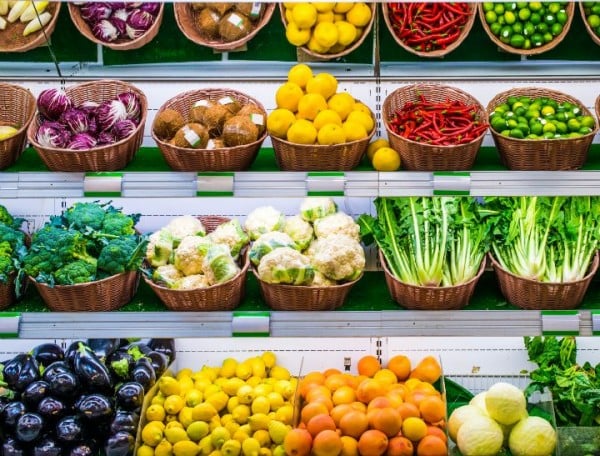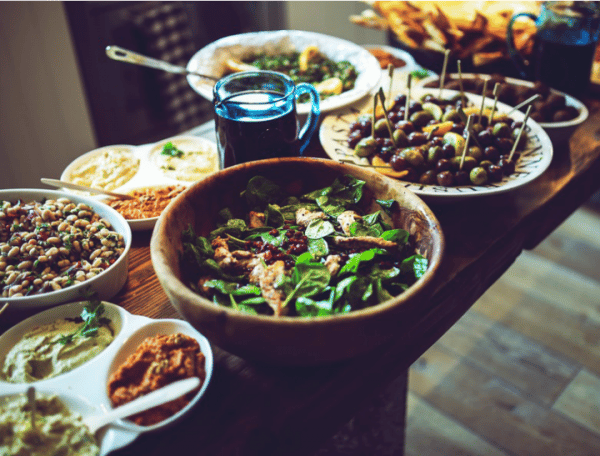
By Clare Collins, University of Newcastle
Monday – start diet. Tuesday – break diet! Wednesday – plan to start again next Monday.
If this is you, it’s probably time to get off the diet roller coaster and make some bigger changes to the way you eat, drink and think about food.
Here are six tips to help you get started.
1. Improve your diet quality score
When trying to lose weight, it might be tempting to quit carbs, dairy or another food group altogether.
But to stay healthy, you need to meet your requirements for important nutrients like iron, zinc, calcium, vitamins B and C, folate and fibre. These nutrients are essential for metabolism, growth, repair and fighting disease.
For a healthy brunch idea, check out these dukkah crusted eggs below. Post continues after video.
Our review of diet quality indexes used to rate the healthiness of eating habits found that eating nutritious foods was associated with lower weight gain over time.






























































































